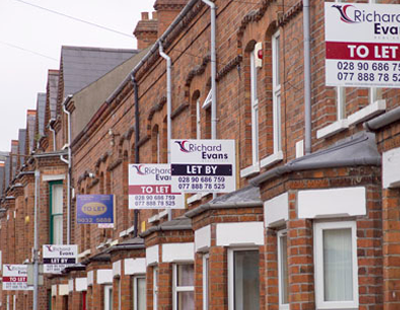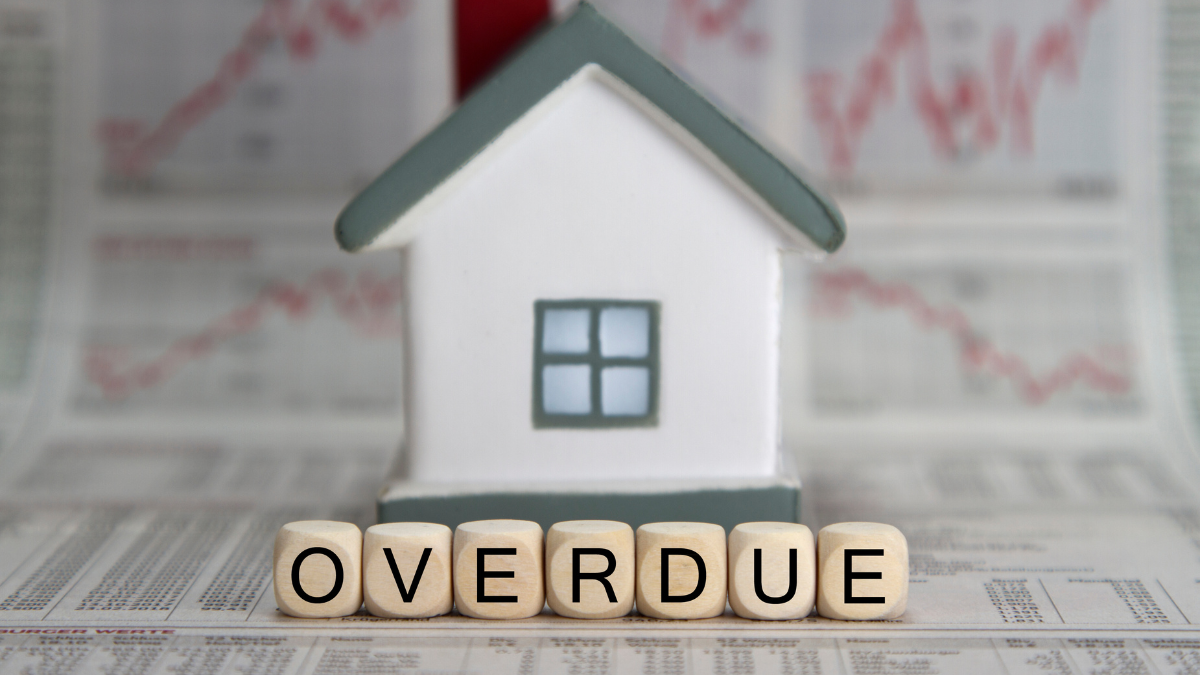Landlords generally believe that many recent regulation changes have gone too far and want to see the government rethink the swathes of changes it has made to and still has planned for the private rented sector, in order to prevent a potential mass exodus of landlords from the market.
But the government’s plans for the introduction of a mandatory requirement on landlords to ensure electrical installations in their property are inspected every five years should be viewed as a positive change, according to Lisa Simon, Head of lettings at Carter Jonas.
The new requirement for landlords in the private rented sector is one of a number of regulations confirmed by the government in relation to fire safety, following the recommendations of a government working group looking at electrical safety in the sector.
“Tenants in the PRS face a higher risk of incidents from electrical faults in their homes compared to tenants in social housing,” said Simon.
She pointed out that in 2014, 72% of local authority homes and 77% of housing association homes had all five recommended electrical safety features installed, compared with only 59% in the PRS.
In November last year the working group, having considered a variety of non-legislative options, concluded that the use of robust regulatory measures should be introduced to ensure necessary improvements in the PRS.
She added: “The introduction of an Electrical Installation Condition Report [EICR] would confirm that the electrical installation is satisfactory for continued use and detail any remedial works required, with corrective work to be funded by the landlord.
“On completion, a confirmation certificate should be issued to the landlord, and the tenant provided with a copy. The certificate should also be made available to local authorities.
“The [government] working group suggested that this would provide clarity for landlords and tenants on their rights and responsibilities. It was estimated that a normal inspection and test would take around four hours with an average cost of £250, taking account of local variances in the costs of an electrician’s time.”
The working group also recommended that:
+ Legislative requirements should be phased in, beginning with new tenancies, followed by all existing tenancies
+ A private rented sector electrical testing competent person scheme should be set up which would be separate from existing Building Regulations competent person schemes
+ Visual checks of the safety of the electrical installation by landlords at a change in tenancy should be encouraged as good practice and set out in guidance
+ Landlord supplied electrical appliance testing and visual checks of electrical appliances by landlords at a change of tenancy should be encouraged as good practice and set out in guidance
+ The installation of residual current devices (RCDs) by landlords should be encouraged as good practice and set out in guidance
Simon continued: “A consultation seeking views on the recommendations of the working group, further clarity on penalties for non-compliance and how monies generated from levies should be used was published in February.
“This most recent announcement on 19 July 2018 was made alongside the launch of a separate consultation on building regulations. Whilst no start date for the introduction of the new regulations was provided, the development has been broadly welcomed by those in the industry.
“However, some warn that the costs involved will be higher than those estimated by the working group and could place an upward pressure on rents as landlords seek to recover expenses. Others have suggested that the PRS is already overregulated and these new measures place even more restrictions on private landlords.
“We have certainly witnessed many reforms to the PRS over the last few years, however any regulations that place electrical safety at the front and centre can only be seen as a positive.
“Whilst we await confirmation of the introduction date, we urge landlords to keep abreast of timings and start planning to ensure that they are fully compliant with this new requirement.”
Want to comment on this story? Our focus is on providing a platform for you to share your insights and views and we welcome contributions.
If any post is considered to victimise, harass, degrade or intimidate an individual or group of individuals, then the post may be deleted and the individual immediately banned from posting in future.
Please help us by reporting comments you consider to be unduly offensive so we can review and take action if necessary. Thank you.















.jpg)









%20(002).png)




.png)






Join the conversation
Jump to latest comment and add your reply
"+ Visual checks of the safety of the electrical installation by landlords at a change in tenancy should be encouraged as good practice and set out in guidance."
So what qualifications does the visual inspector require?
I don't necessarily think you need to have any specific electrical qualification to visually inspect a house. For the most part you'll be looking for anything untoward like cracks and scorch marks on the consumer unit, sockets, light fittings and switches.
I am in favour of this as a landlord, safety is priority, however as the article states 77% of housing association and 72% of council properties fail compared to 59% PRS. This should be s legal requirement on all rented properties, not just PRS. Also most electrical fires in PRS are from overloaded circuits. If we need certificates shouldn’t tenants provide pat certificates to show there electrical equipment is safe and won’t damage my property?
Please login to comment